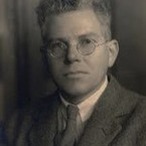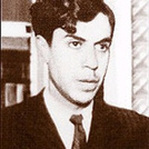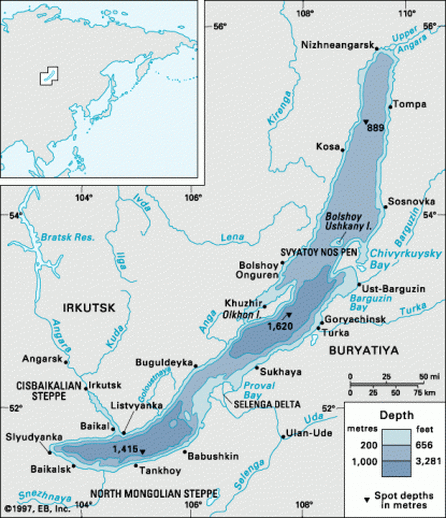 Lake Baikal, one of the most beautiful and spiritual places on Earth, is to be found in the south-eastern part of Siberia, near the border with Mongolia. Siberia makes up more than 75% of the Russian Federation. It is near to the cities of Irkutsk and Ulan-Ude, and is like a mystical oasis, surrounded on all sides by mountains. This highest mountain is in the Ulan Burgasy Range, and is 9316 feet (2840m) high. Ever since the first Russian explorers visited Lake Baikal, it has provoked much interest and research. In fact, the first official scientific expedition, ordered by Peter the Great, began in 1723. It is only with modern day technology, however, that discoveries relating to the deeper regions of the lake have come to fruition. The word “Baikal” is thought to be derived from Kurykan, a language spoken by the local Turkic peoples around 1,300 years ago, which means “much water” or a “wealth of water”. 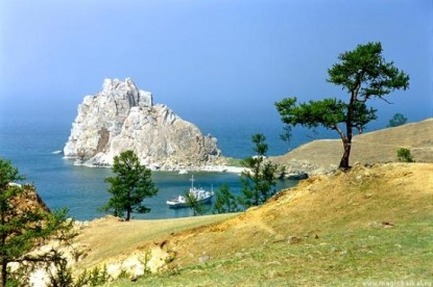 It is also the world’s deepest lake, at some points stretching more than a mile down beneath the surface. It is 5,380 feet (1,640m) deep, and holds 5,500 cubic miles (23,000 cubic kilometres) of water, with estimates of about 10000 feet (3300m) of sediment below that! It’s crescent shape is 12,209 square miles (31,500 square kilometres) in total, being as it is 393 miles (635 kilometres) long by 30 miles (48 kilometres) wide. That makes it the size of Belgium! It is so huge, that the locals call it a Sea. Lake Baikal contains approximately 1/5, or 20%, of the worlds freshwater: that makes it the biggest freshwater lake on the planet! It has more than all of America’s Great Lakes combined. It has 26 islands, the largest of which is called Olkhon Island. At 30 million years old, it is also the world’s oldest lake. Most lakes usually survive for about 15,000 years before disappearing, yet Baikal is growing at about 0.8 inches (2cm) a year! It is even thought that, at some point in the far future, Baikal will become an ocean, stretching across Asia. The reason for its expansion is that it is located in a region where three tectonic plates intersect. Every few hours, there is an earthquake in the region (thought not usually directly by Baikal itself), and usually, there is a large earthquake every two years. 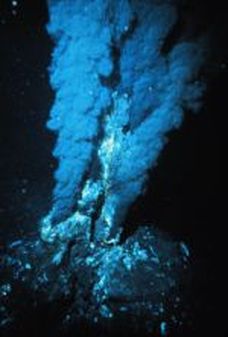 Because of all the seismic activity, there are many thermal vents on the floor of the lake, as well as in the surrounding area. While the vents on the shoreline are used as thermal spas, baths and medical treatments, the ones under the water have a very different use. The underwater vents increase the circulation of the water in the deeper parts of the lake, allowing a great oxygenation of the lower layers. In fact, the oxygen levels in Lake Baikal are the most concentrated in its lower levels than in any other lake in the world. These very high levels of oxygenation are the reason for the huge variety of flora and fauna in the lake, and also for the number of different species able to survive in its lower regions which, without the vents, would be inhospitable to life. As a result, Lake Baikal is one of the most biologically diverse places on Earth, home to more endemic species than any other lake. About 70% of the 2600 species of Flora and Fauna can be found only in the Baikal area. As well as the various species of Bears, Foxes, Eagles, and Insects, there are some quite interesting animals for you to see. 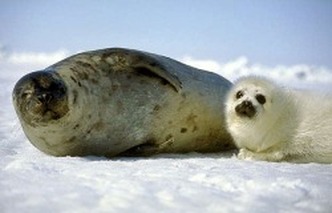 The Nerpa is one of very few species of freshwater seal in the world. The adults are a beautiful silver-grey in colour, while the pups are a fluffy white ball of cuteness. To enable them to survive in the deep, cold Lake Baikal, they have developed some distinct physical and social attributes. With four more pints of blood than other seals, the Nerpa can survive without air for up to 70 minutes, and can dive to almost 1,000 feet. Also, their dens are hidden under the snow and ice, and are entered from below the ice layer, making them much more difficult from predators to find. They tend to live in the northern parts of the lake, and also near the Ushkanye islands, between Olkhon Island and the Svyatoy Nos Peninsula. 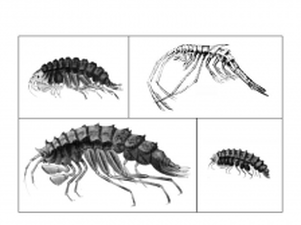 Another interesting species is the large population of Baikal Epishura, a crayfish, about 1.5mm long, which eats algae and other particles in the lake. It is because of these crayfish that the water is as clear as it is. it is so clear that you can actually see up to 130 feet below the surface! It is said that you can drink the water from the surface of the lake, but I've not had any corroboration of this, so check before you try! Also in the lake is the world's largest flatworm. It grows to about 16 inches long and feeds on fish. In fact, it hunts them! Imagine that. 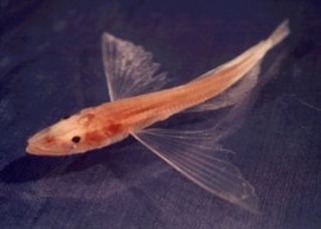 Have you ever heard of a Golomyanka? No? Well, it's a type of fish, and an interesting one at that. It is completely translucent and has no scales. As you can see from the picture, it's possible to spy its skeleton through its skin. The body of the Golomyanka is about 30% oil, making it a very fatty fishy indeed. The reason for this strange composition is that it lives across a wide range of pressures, from the deep levels of the lake all the way up to the surface. Its fatty body allows it to adapt. Interestingly, because of its largely fat and oil based body, if you were to leave one on land in direct sunlight, it would melt, leaving only a skeleton and a puddle of oily fat. Nice! 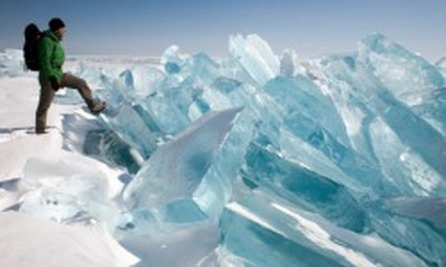 Lake Baikal has always had a special place in the hearts of the peoples of Asia, and is in fact one if its most sacred places. Some Russians even call it their "sacred sea". Often, people prayed to the lake, believing that it had a power that could help then in time of need. It is possible to see the carvings and the remnants of the ancient buildings in the area. Some even believe that Olkhon Island is the birthplace of Ghengis Khan! There are many cultures represented in the area, from Asian Buryat to Siberian Russian. The independant nature of the peoples that live in the area around Lake Baikal has given them a distinct identity. Many people from the area are more 'Siberian' than 'Russian', though they do share many common traits. The main thing, though, about Lake Baikal is the beauty of the area. It is a truly magical place, and somewhere I'm desperate to visit. Hopefully I'll be there soon...
0 Comments
|
Categories
All
Archives
November 2013
|
MOST VIEWED POSTS
© James Edward Hughes 2013
 RSS Feed
RSS Feed

